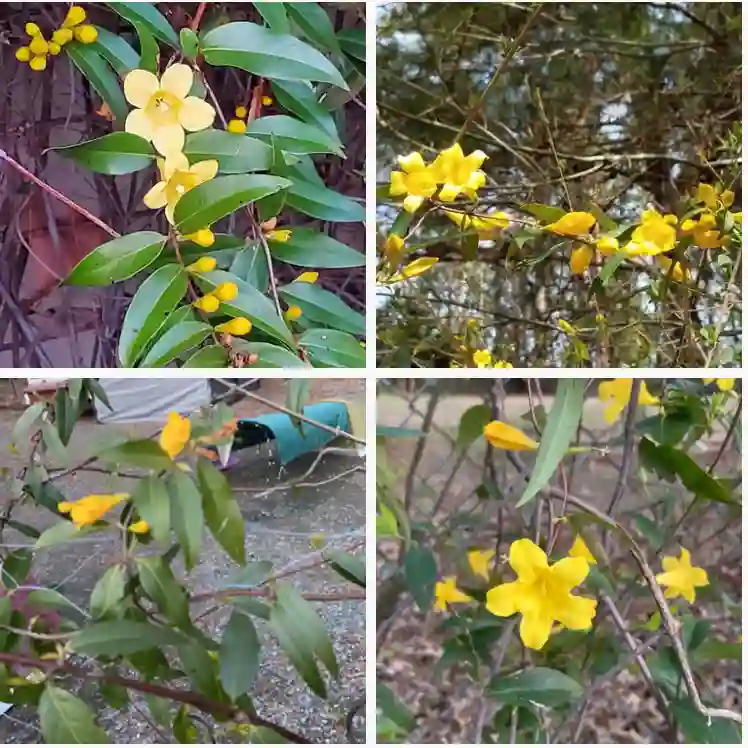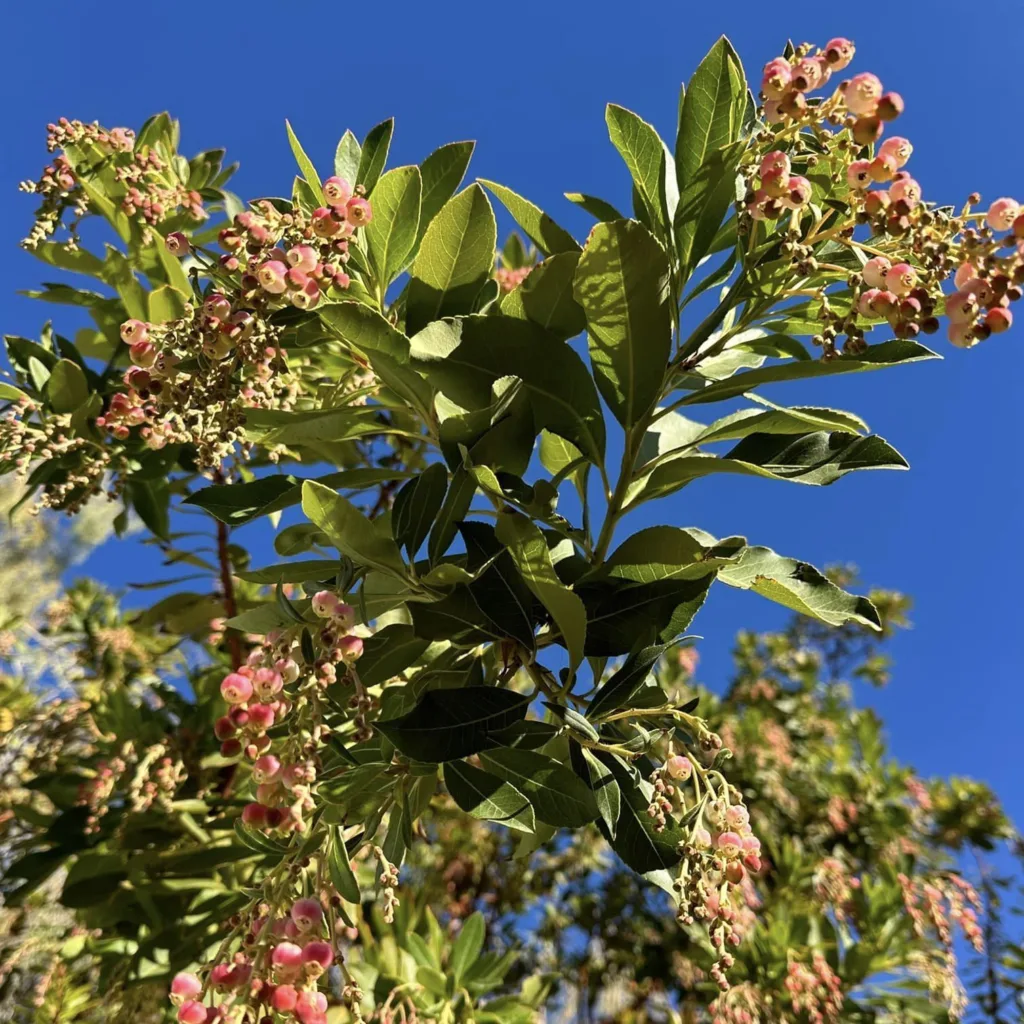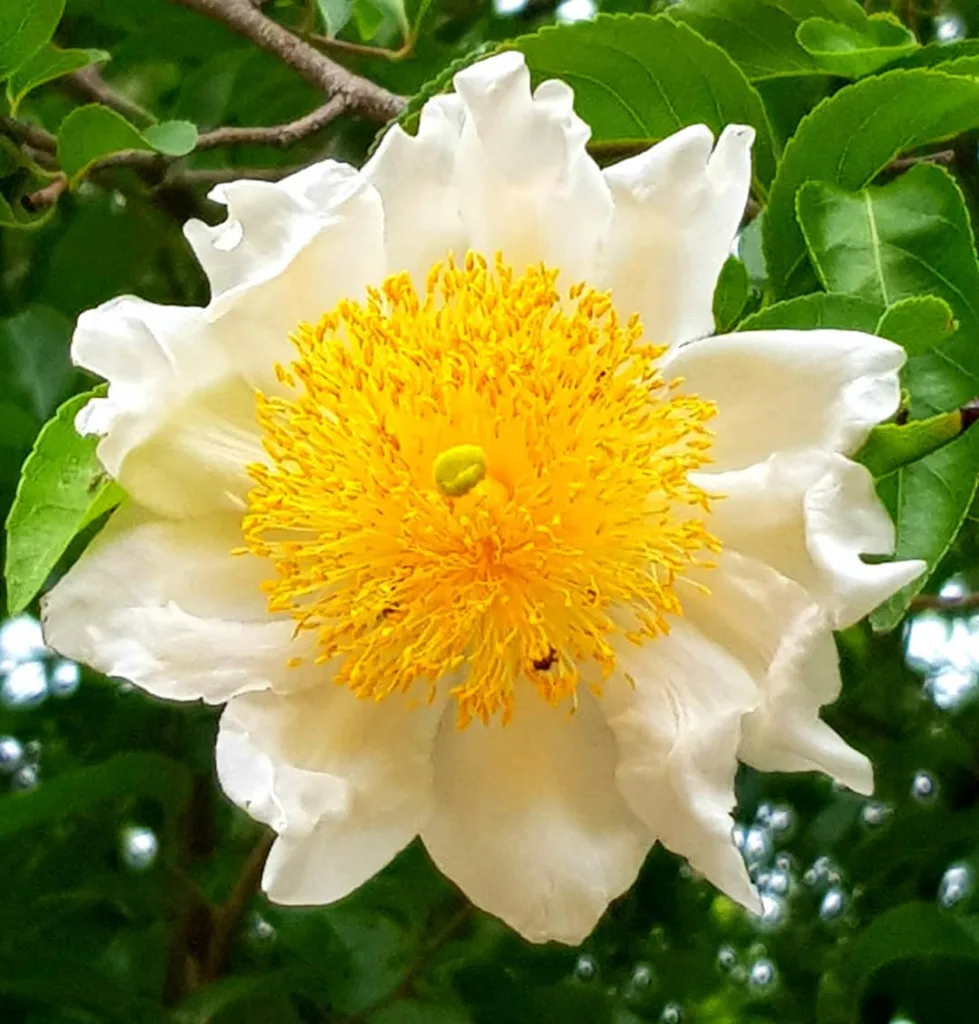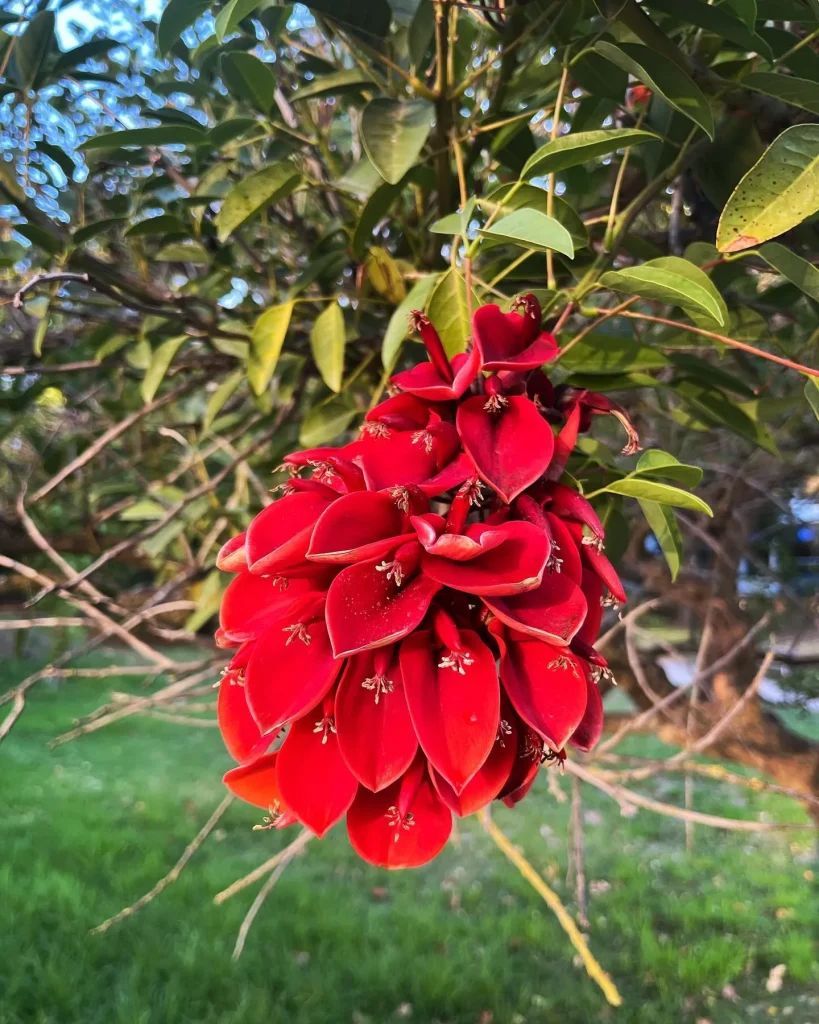Frequently Asked Questions About Artemisia Abrotanum
When I first encountered Artemisia Abrotanum, commonly known as Southernwood, I was captivated by its unique appearance and the myriad benefits it offers. Over time, I’ve gathered a lot of information about this fascinating plant. Here’s a comprehensive guide addressing some of the most frequently asked questions about Artemisia Abrotanum.
508 Species in Genus Artemisia
What is Artemisia Abrotanum?
Artemisia Abrotanum is a perennial herb native to the Mediterranean region. Often called Southernwood or Lad’s Love, this plant is known for its aromatic, feathery foliage and bright yellow-green color. It’s part of the Asteraceae family and is commonly used in gardens for its ornamental value and historical uses.
How to Care for Artemisia Abrotanum?
Caring for Artemisia Abrotanum is relatively straightforward. This plant thrives in well-drained soil and prefers a sunny location. Here are some care tips based on my experience:
- Sunlight: Southernwood loves the sun. Aim for a spot with full sun to partial shade. It needs at least six hours of sunlight daily for optimal growth.
- Watering: Water the plant regularly, but avoid waterlogging. Allow the top inch of soil to dry out before watering again.
- Soil: Well-draining soil is crucial. A sandy or loamy soil mixture works best. If your soil is heavy, consider amending it with sand or organic matter.
- Pruning: Regular pruning helps maintain its shape and encourages fresh growth. Trim back any leggy or dead stems to keep the plant looking neat.
How to Propagate Artemisia Abrotanum?
Propagating Artemisia Abrotanum can be done through seeds or cuttings. Here’s a simple guide for each method:
- Seeds: Start seeds indoors 6-8 weeks before the last frost date. Sow seeds on the surface of the soil and lightly cover them. Keep the soil moist and warm until germination, which usually takes 2-3 weeks.
- Cuttings: Take semi-hardwood cuttings in late summer. Dip the cuttings in rooting hormone and plant them in a mix of sand and peat. Keep the soil moist and in a warm location until roots develop, usually in 4-6 weeks.
What to Plant with Artemisia Abrotanum?
Southernwood pairs well with various plants in the garden. Here are a few companions I’ve found effective:
- Lavender: Both plants enjoy similar growing conditions and complement each other well, adding fragrance and color to your garden.
- Rosemary: Another Mediterranean herb that thrives in similar soil and sunlight conditions, making it an ideal partner.
- Salvia: The contrasting textures and colors of Salvia and Artemisia Abrotanum create a visually appealing combination.
Is Artemisia Abrotanum Toxic?
Artemisia Abrotanum is not considered toxic to humans or pets. However, like many plants, it’s best to avoid ingestion in large quantities. It’s always a good idea to keep plants out of reach of small children and pets to prevent any potential issues.
Benefits of Artemisia Abrotanum
Southernwood offers several benefits:
- Aromatic Qualities: The plant’s foliage emits a pleasant fragrance, often used in sachets or potpourri.
- Repellent Properties: It has been traditionally used to repel insects, making it a natural pest deterrent in gardens.
- Medicinal Uses: Historically, it has been used in traditional medicine for its digestive and anti-inflammatory properties.
Common Problems with Artemisia Abrotanum
While Artemisia Abrotanum is generally easy to care for, there are a few issues you might encounter:
- Powdery Mildew: This fungal disease can affect the plant in humid conditions. Ensure good air circulation and avoid overhead watering.
- Leggy Growth: If the plant becomes leggy, it might be due to insufficient sunlight. Ensure it receives ample sun or consider pruning to encourage denser growth.
Compare with Other Similar Plants
Sometimes, Artemisia Abrotanum is confused with other herbs, such as:
- Artemisia Vulgaris (Mugwort): While both belong to the Artemisia genus, Southernwood has a more delicate, feathery appearance compared to the broader leaves of Mugwort.
- Artemisia Annua (Sweet Wormwood): Known for its medicinal properties, Sweet Wormwood has a different growth habit and leaf texture compared to Southernwood.
Conclusion
Artemisia Abrotanum is a versatile and attractive addition to any garden. Its unique characteristics, combined with its ease of care and beneficial properties, make it a great choice for gardeners and plant enthusiasts alike. By understanding its needs and benefits, you can enjoy this herb’s many advantages and integrate it seamlessly into your gardening endeavors.
If i die, water my plants!



